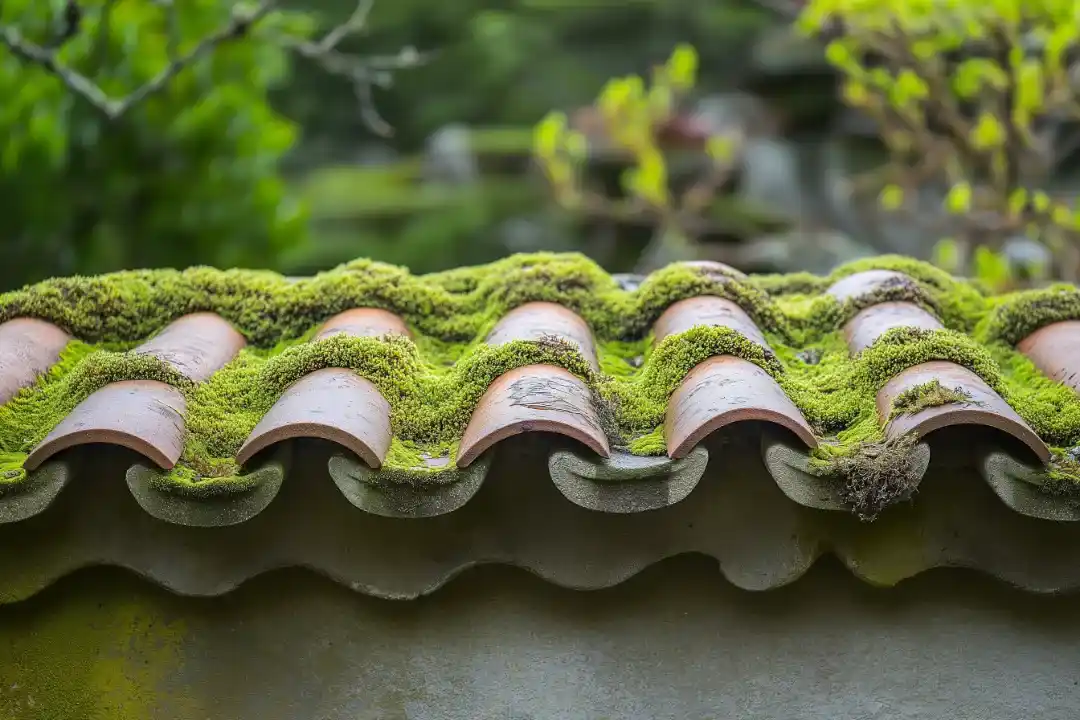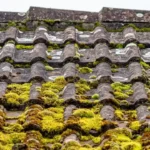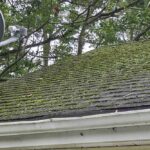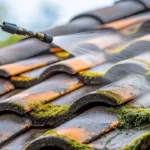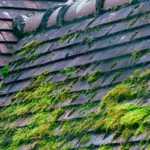Many homeowners find themselves puzzled when they notice moss growing on their roofs. Often cloaked in mystery and misunderstanding, roof moss growth myths can lead to poor decision-making and unnecessary expenses. In this article, we will explore these myths, providing you with accurate information and practical advice.
Understanding the truth behind roof moss growth myths is essential for maintaining the longevity and aesthetics of your home. By dispelling these myths, homeowners can save money and protect their property from potential damage. Let’s delve into the facts and fiction surrounding this common issue.

The Origins of Roof Moss Growth
What Causes Moss to Grow on Roofs?
Moss thrives in damp, shaded environments. It often grows on roofs that are frequently shaded by trees or other structures. Moisture from rain, dew, or humidity provides the perfect condition for moss to flourish. However, understanding these conditions is key to debunking roof moss growth myths.
Is Moss on Your Roof a Bad Sign?
One common myth is that moss on your roof signifies a major problem. While moss can lead to damage if left unchecked, its presence alone doesn’t necessarily mean your roof is compromised. Regular maintenance and understanding its growth patterns are crucial.
Common Roof Moss Growth Myths
Myth 1: Moss Only Grows on Old Roofs
Many believe that moss is indicative of an aging roof, but this is not always the case. Moss can grow on roofs of any age, provided the conditions are right. New roofs can also be vulnerable if located in damp, shaded areas.
Myth 2: Removing Moss Will Damage Your Roof
Homeowners often worry that removing moss will harm their roof, but this is another myth. Proper removal techniques, such as those outlined in this guide, can safely eliminate moss without causing damage.
Myth 3: Moss is Harmless to Roofs
Some believe moss is merely a cosmetic issue. However, moss can trap moisture against the roof surface, leading to rot and damage over time. Addressing moss early can prevent these issues.
Practical Solutions for Moss Control
Preventing Moss Growth
Regular maintenance, such as trimming overhanging branches and ensuring proper drainage, can minimize moss growth. These simple steps can help maintain your roof’s health and appearance.
Choosing the Right Removal Methods
There are various methods to remove moss safely. For DIY enthusiasts, these tips can be useful. However, professional services may be necessary for extensive moss growth.
The Importance of Regular Roof Inspections
Scheduling Inspections
Regular roof inspections can identify moss and other potential issues before they become significant problems. Inspections should be part of your routine home maintenance plan.
Working with Professionals
Engage with professional roofing services to ensure your roof is in top condition. Experts can provide valuable insights and services, safeguarding your home from future moss-related issues.
Conclusion
In conclusion, understanding roof moss growth myths and the realities behind them can empower homeowners to make informed decisions about their roofs. Regular maintenance, professional guidance, and proactive measures can protect your home from the potential damage caused by moss.

FAQ Section
Does moss growth require immediate removal?
Moss should be addressed promptly to prevent potential damage. Early intervention can save time and money in the long run.
What are the best methods for removing moss?
Safe removal methods include using a soft brush or low-pressure wash. Consult professionals if you’re unsure about handling moss removal yourself.
Can I prevent moss from returning?
Regular maintenance, such as keeping your roof clean and ensuring proper sunlight exposure, can help prevent moss from returning.
This article contains affiliate links. We may earn a commission at no extra cost to you.



